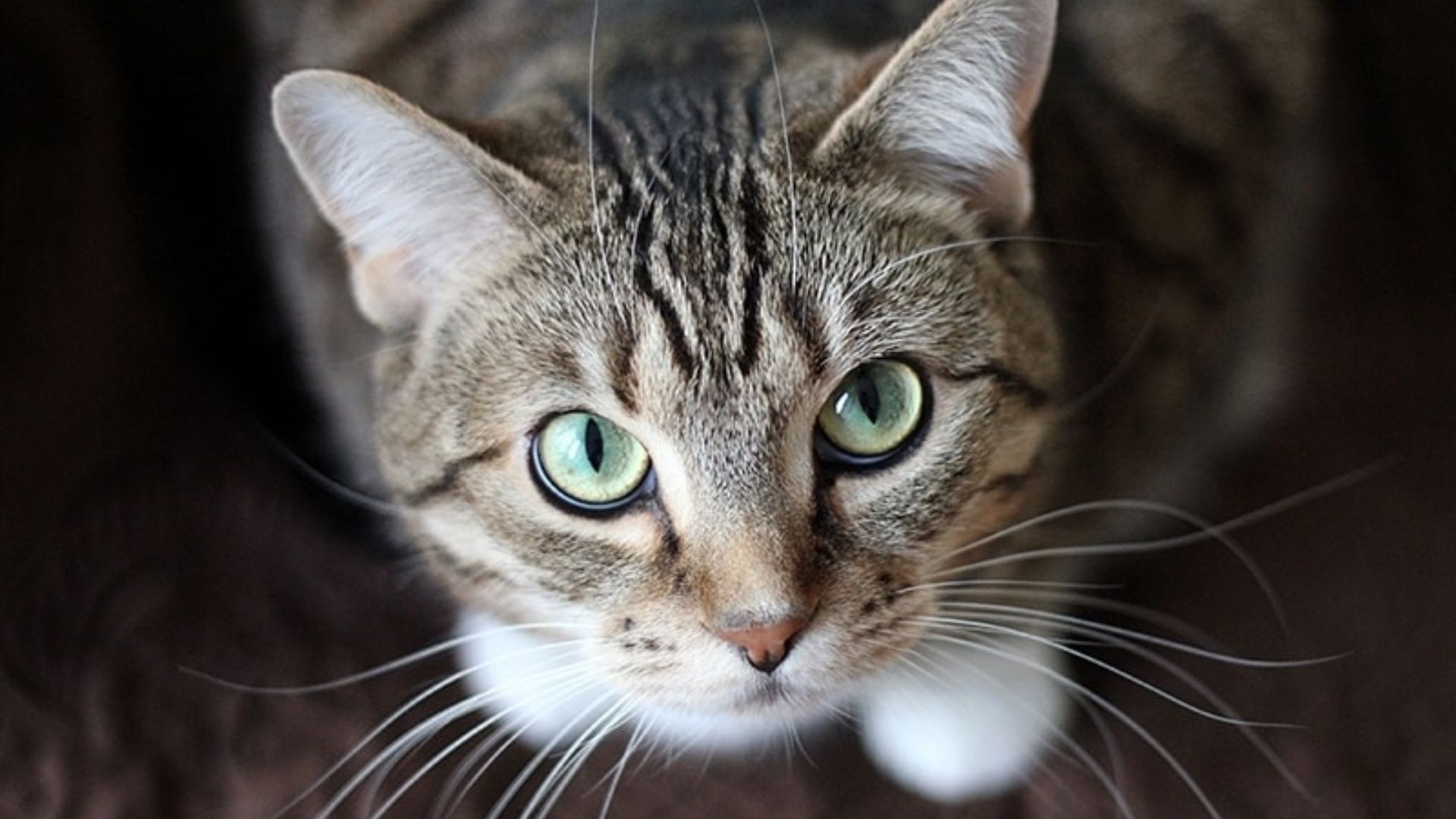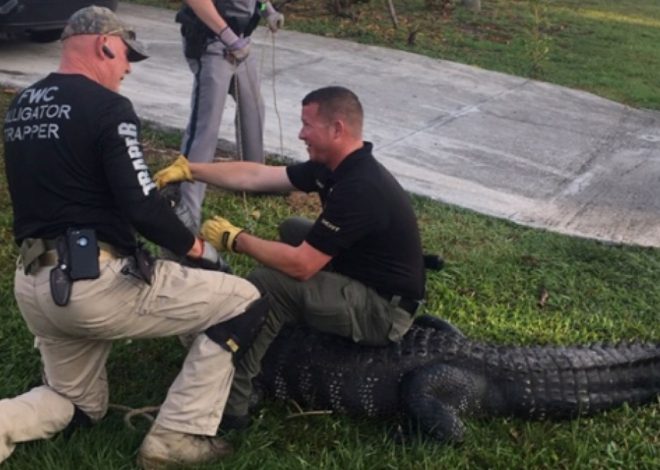
Why do cats have whiskers
Table of Contents
Cats have whiskers for several reasons:
1. Sense of Touch: Whiskers are highly sensitive to touch, allowing cats to detect changes in their environment and respond accordingly.
2. Built-in Measuring Tape: The length of a cat’s whiskers helps them determine if they can fit through a narrow space, acting as a built-in measuring tape.
3. Vibration Sensors: Whiskers can detect vibrations in the environment, helping cats detect prey or potential threats.
4. Close-Up Vision: Whiskers help cats see up close by detecting objects and movements that are too close for their eyes to focus on.
5. Night Vision Aids: Whiskers can help cats navigate in the dark by detecting changes in air currents and vibrations.
6. Emotional Expression: Cats use their whiskers to express emotions, such as pulling them back when they feel threatened or relaxed.
7. Protection: Whiskers provide protection for a cat’s eyes, nose, and mouth by detecting objects that may come too close.
8. Colour Change: Whiskers can change colour with age or in response to changes in the environment.
9. Should Never Be Trimmed: Trimming a cat’s whiskers can be stressful and confusing for them, as it removes their sensory receptors and makes it harder for them to explore their surroundings safely and confidently.
How cats use their whiskers to navigate their environment
Cats use their whiskers to navigate their environment by detecting changes in air movement and objects around them. Whiskers are touch-receptive tactile hairs that grow around a feline’s mouth, eyes, ears, and sometimes forelegs.
When a cat’s whisker brushes against an object or senses even the smallest vibration in the air, the sensory cells surrounding the whisker’s hair follicle send important signals to the brain. These signals help cats assess their environment and become especially aware of what is around them, even in the darkest of night.
Whiskers also allow felines to visually measure distance and determine whether they can make that long-distance jump or fit into a super tight space. If you’ve ever wondered how cats jump so effortlessly onto narrow ledges, their whiskers play a large part!
The different types of whiskers that cats have and what are their functions
Cats have several types of whiskers, each with their own specific functions. Mystacial whiskers are the long, thick whiskers located on a cat’s upper lip and form a distinctive “moustache.” They are the most important type of whisker for a cat’s sensory perception and are used for detecting objects and movement in a cat’s environment.
Mystacial whiskers are very sensitive and can detect changes in air pressure, allowing a cat to sense the location and movement of objects even in complete darkness. They also help a cat judge distances and navigate through tight spaces.
Superciliary whiskers are the shorter, stiffer whiskers located above a cat’s eyes and aid in the blinking reflex, protecting objects from getting into the eye. Genal whiskers are located on a cat’s cheeks, just below the eyes, and provide more eye protection, especially during playing or fighting.
They may also help spread scent because these whiskers are close to the large skin glands. Chin whiskers, or mandibular whiskers, are located on a cat’s chin and can help a cat deliver a kill bite during hunting, as well as spread scent when a cat rubs against an object.
Carpal whiskers are located on the rear of the front legs and provide a cat with information on an item in their front paws, especially useful in hunting or playing.
How cats’ whiskers help them avoid danger
Cats’ whiskers help them avoid danger by acting as sensitive touch receptors that detect movement and changes in their environment. Whiskers, also known as vibrissae, are highly sensitive tactile hairs that transmit information to a cat’s brain about the size, shape, and speed of nearby objects.
When a cat’s whiskers encounter tall grass, thorny bushes, or narrow spaces, they prompt the cat to back up, preventing potential scratches or injuries to the eyes. Whiskers also help cats navigate through tight spaces, such as narrow passages in fences or between furniture, by determining if they can fit through without getting stuck.
Additionally, whiskers act as radar sensors, detecting vibrations caused by changes in air currents, which can alert a cat to the presence of prey or potential enemies in the wild. In summary, cats’ whiskers play a crucial role in helping them avoid danger by providing valuable sensory information about their surroundings.
Signs that a cat’s whiskers are damaged or missing
Signs that a cat’s whiskers are damaged or missing include:
- A cat may have difficulty navigating through their environment, especially in tight spaces or when jumping.
- They may be more prone to startling or bumping into objects, especially in low light conditions.
- A cat may have difficulty judging the distance of objects or determining the size of openings.
- They may be more hesitant to explore their surroundings or may appear disoriented.
- A cat may have a harder time landing on their feet if they fall or jump from a height.
- They may exhibit signs of stress or discomfort, such as pacing, restlessness, or loss of appetite.
- A cat may be more prone to accidents or injuries due to their impaired ability to sense their environment.
- They may have a harder time hunting or finding food, especially in low light conditions.
- A cat may have difficulty recognizing or responding to the presence of other animals or objects in their environment.
- They may have a decreased ability to communicate with other cats or humans.
It’s important to note that whiskers are a vital part of a cat’s sensory system and play a crucial role in their ability to navigate and interact with their environment. Therefore, it’s important to avoid trimming or damaging a cat’s whiskers, as this can cause significant stress and impair their ability to function properly.
How cats’ whiskers change as they age
Cats’ whiskers do not change as they age. The colour of a cat’s whiskers may change over time, with white whiskers potentially darkening to grey or black as the cat ages.
However, the length and thickness of a cat’s whiskers do not change significantly with age. Whiskers are an important sensory tool for cats, providing them with information about their environment and helping them navigate and detect changes in their surroundings.


